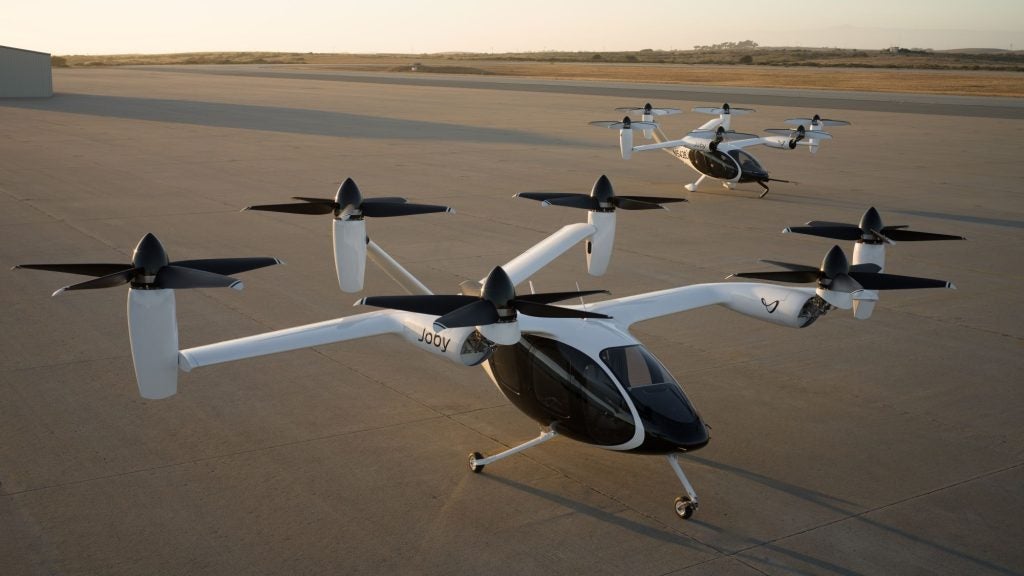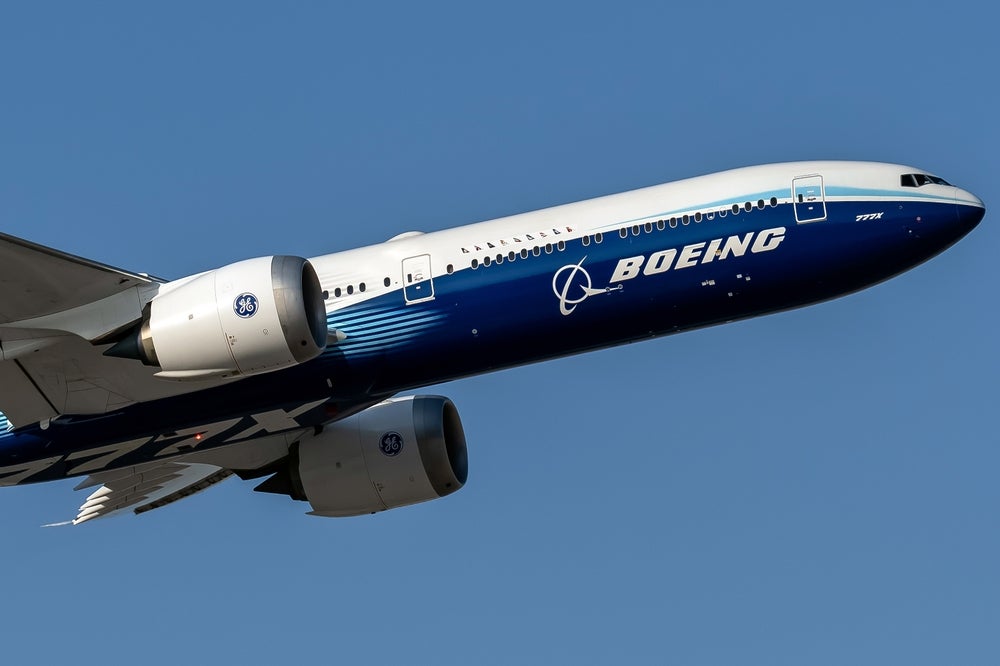Aircraft refuelling requires flight mechanics to exercise extreme precision and safety. Refuelling can be done on the ground or in the air.
Ground refuelling involves grounding the aircraft and ensuring that spillage either does not occur or is safely cleaned up.
Ground refuelling can be done either through gravity refuelling or pressure refuelling.
Gravity refuelling is mostly used for smaller aircraft, while pressure refuelling is used for larger aircraft.
Aerial refuelling involves pumping fuel from one aircraft to another during flight. There are two methods for this, namely probe-and-drogue or flying boom.
See Also:
Some of the air-to-air refuelling methods include looped hose, wing-to-wing and buddy refuelling techniques.
Aircraft refuelling equipment
Some of the refuelling equipment used by the aviation industry includes aircraft refuellers, semi-trailer aircraft refuellers, road tankers, loading tail gates, cooling units, axles, mineral oil pumps, measuring devices, hydrant dispensers and carts, road tankers, mobile and emergency fuelling solutions, refuelling modules and trucks, and aluminium vessels and filtration systems.
Finding suppliers of refuelling systems
Based on its intel and extensive experience in the sector, Airport Technology has listed some of the leading suppliers of aircraft refuelling and fuel management systems, such as aviation or aircraft refuellers , hydrant dispensers and carts, aluminium vessels and filtration systems, refuelling modules and trucks, and mobile and emergency fuelling solutions.
The list also includes suppliers of special airfield vehicles, self-bearing tanks for liquid transportation, and customised tanks for trailers and trucks.
The information available in the download document is useful for refuelling service providers, airport operators, aviation companies, airlines and any individual involved in aircraft operations.
The download also contains detailed information on the manufacturers and suppliers, their product and service offerings, and contact details to aid with purchase or hiring decisions.
Aircraft fuel systems
An aircraft fuel system allows fuel to be loaded, stored, controlled and transported to the propulsion system or engine(s) of an aircraft. Fuel systems can vary from one aircraft to another depending on the size and complexity of the aircraft in which they are fitted.
Several risks are associated with the misuse or failure of an aircraft fuel system, such as:
- Fuel leaks
- Fuel imbalance
- Fuel pump failure
- Fuel freezing
- Electrical failure
- Fuel dumping, which can cause fuel dissipation and ingestion
Airfield vehicles also play a role in transporting aviation gas or fuel and materials, as well as cleaning runways and taxiways. Among the many ground vehicles used at airports, two types specifically used in aircraft refuelling include self-propelled fuel trucks and hydrant dispensers. Self-propelled fuel trucks are used at gas stations, while hydrant dispensers pump fuel into aircraft from ground pipelines through hoses and hydrants.






